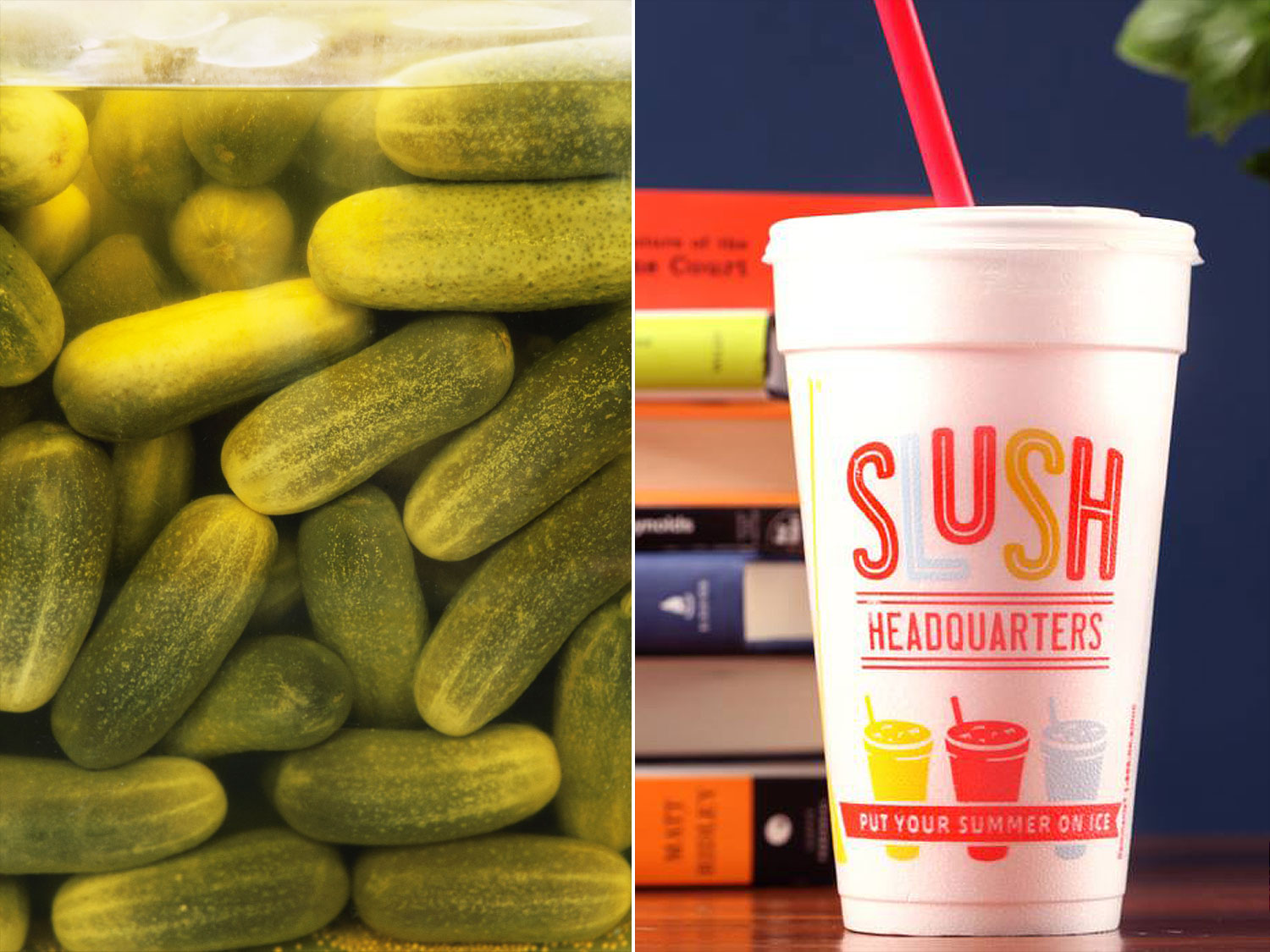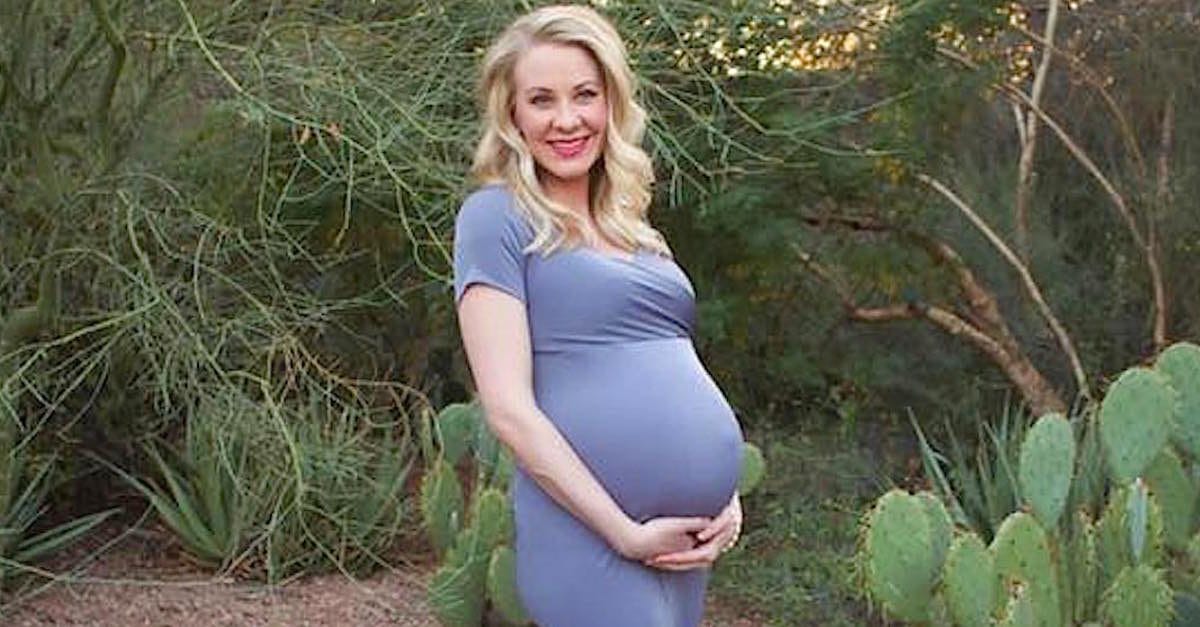by
BabyCenter Featured Expert
posted in Products & Prizes
By Dr. Alan Greene, Pediatrician, Author and Advisor to Plum Organics
When it comes time to feed your baby solids, it’s all about teaching her to love the flavors of healthy foods. Which makes sense. Most of baby’s caloric and nutrition needs are being met with breast milk or formula. The time between starting solids and when a baby learns to walk, i.e. becomes a toddler, is the magical window for enhancing nutritional intelligence. It’s the rare parent who even thinks about snacks until the toddler years, when they’re a valuable way to offer balanced nutrition to — and stave off the hunger-induced meltdowns of — busy kids who tend to prefer playing to mealtime.
Snacks for babies get far less notice. Time to pay attention, because snack time is a fantastic opportunity for babies to play with their food. You read that right. Research has proven it’s ok, even desirable, to play with food.

Now this probably contradicts everything your parents ever told you, but adventurous snacking can be important, because babies learn through tactile experiences. Before their first birthday, this means exposure to new sounds, sights, textures, smells, and tastes. Mealtime — especially when they’re allowed to explore snack-like foods vs. being fed by an adult — furthers this development. With snacks, babies can practice self-feeding, work on their fine motor skills, and learn from seeing, grasping, feeling, and, of course, tasting new foods.
You may choose to serve a snack that you consider a meal. Or babies can explore with soft cooked vegetables, soft baked snacks, biscuits, or any easy-to-hold colorful food. Whatever works, as long as it’s not a choking hazard. The goal is to start when your baby begins wanting to feed herself, often around eight months. When babies pick up their own food to eat, they are educating themselves about the world around them as well as about how to enjoy food. These first stages of discovery are essential for budding foodies.
Keep in mind babies can take a moment to adjust to swallowing new textures or liking new flavors. If your baby spits out a food or throws it on the floor, that’s all part of the learning process. It can take 10 to 16 tries before a baby learns to like a new food, so keep the rejected ones in rotation. Meanwhile, you get to put down the spoon you’ve been grasping, sit back and enjoy watching your little one start using her hands to pick up snacks, practicing gripping with her thumb and index finger — all at her own pace.
Parenting goes fast, doesn’t it?
 Alan Greene, MD
Alan Greene, MD
An industry leader with a progressive approach to wellness, Dr. Greene is a practicing pediatrician, author, Pediatric Advisor to Plum Organics, children’s health advocate and father of four. His website, DrGreene.com, is cited by the AMA as “the pioneer physician web site” and he was named “The Children’s Health Hero of the Internet” by Intel. Dr. Greene is the author of “Feeding Baby Green,” “Raising Baby Green,” and “From First Kicks to First Steps.”
For more tips on getting a solid start, visit Plum Organics Resource Center. This post is sponsored by Plum Organics.


 Alan Greene, MD
Alan Greene, MD




You must be logged in to post a comment Login